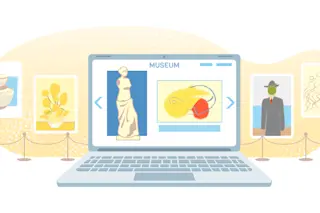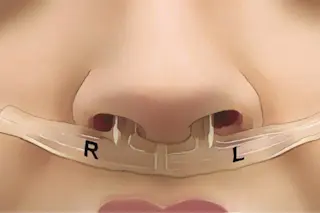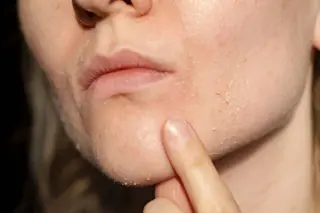An afternoon at the museum can be a rich, rewarding experience. It turns out, visiting museums, galleries and art institutions can be good for you, too: Studies have shown that art museums can help people lessen loneliness, fight stress and find meaning in their lives.
Despite those benefits, the number of people visiting museums in the U.S. has declined in recent decades; the largest dip occurred between 1982 to 2012, where the rates fell more than 17 percent among younger Americans. The number of visitors shrunk even more during the first year of the COVID-19 pandemic, when at least 85,000 museums around the world closed their doors.
As people stayed home, many museums relied on information and communication technologies to maintain a link with the public, essentially taking their offerings digital. Some held virtual exhibitions, conferences and webinars, among other online activities, to help people stay culturally connected during a ...














